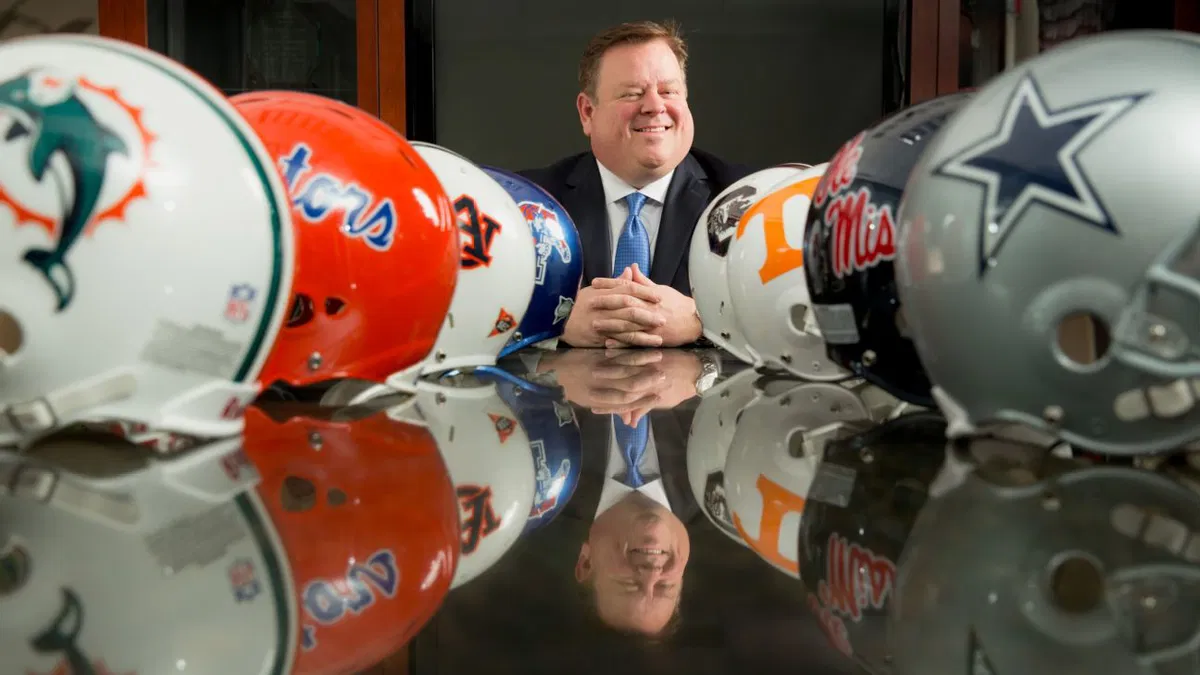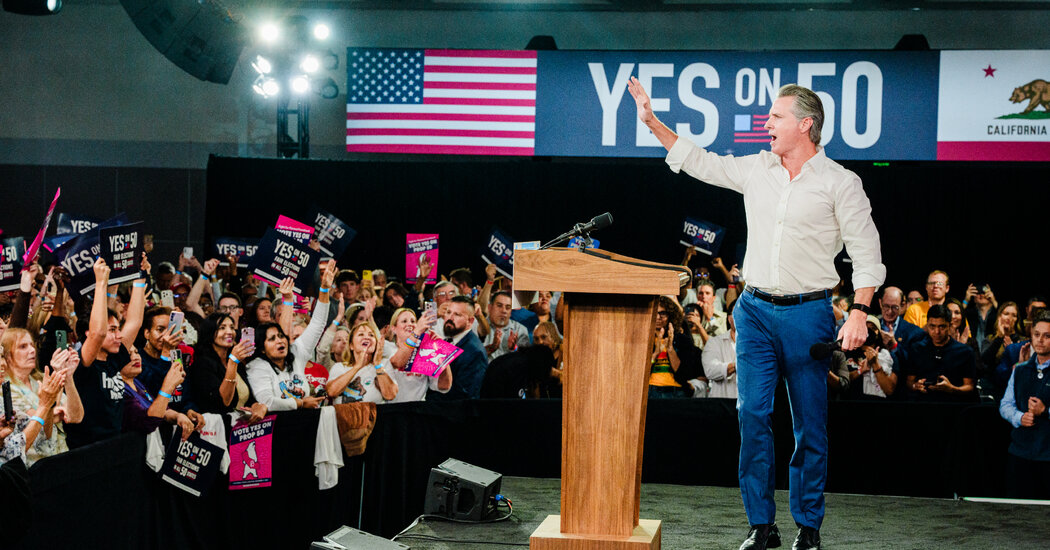Copyright Los Angeles Times

The surprising resilience of the U.S. economy this year is masking underlying weakness among low- and middle-income households, as higher-income Americans continue to drive growth. This dichotomy between the haves and have-nots isn’t new, but the economic strain is now bleeding from the lowest earners to the middle class, creating an even starker divide that some economists say makes the economy more susceptible to a downturn. The richest 10% of households are fueling nearly half of total spending, thanks to a stock market surge that has boosted wealth and, in turn, propelled economic output this year. Meanwhile, lower-income families are pulling back in the face of tight budgets, still-high living costs and a raft of corporate layoffs. Executives at companies like Chipotle Mexican Grill Inc., Hilton Worldwide Holdings Inc. and Ethan Allen Interiors Inc. have cited the trend in recent earnings calls, and Federal Reserve Chair Jerome Powell said officials are carefully watching signs of a bifurcated economy after the central bank lowered interest rates last week. “I feel like our economy today resembles a top-heavy Jenga tower,” said Peter Atwater, the economist who, in 2020, popularized the idea of a “K-shaped” economy, where the well off are on an upward track and the less fortunate experience further declines. In the popular Jenga game, wooden blocks are stacked and then carefully removed by players until the tower becomes too fragile and collapses. The reference is apt as the stock market surges to fresh highs even as hiring stalls and layoffs creep up. While the robust pace of growth has surprised economists, especially amid the Trump administration’s significant policy changes, the divergence in spending — with an increasingly smaller group of people holding up the economy — is fueling concern that the US is becoming susceptible to a more pronounced slowdown. “It makes the economy highly vulnerable if anything goes off the rails for those high-income, high-net worth households,” said Mark Zandi, the chief economist for Moody’s Analytics. A downturn in the stock market “would knock the wind out of these high-income households — the last pillars of strength in the economy — and raise the risks of recession,” he added. Economists recently surveyed by Bloomberg don’t see a downturn on the horizon, and they don’t project the unemployment rate rising much from its currently low level. But lower- and middle-income Americans are increasingly under strain. While the top fifth of earners now account for almost two-thirds of spending — a record — the bottom 80%, which made up nearly 42% of spending before the pandemic, now accounts for just 37% of it, according to Moody’s Analytics. Low- and middle-income shoppers are spending less on all sorts of merchandise like apparel and toys, especially since tariffs were announced earlier this year, data from research firm Circana show. Student loan payments have resumed and the ranks of subprime borrowers are on the rise, according to credit reporting firm TransUnion. Concerns about inflation — particularly for necessities like rent and groceries — persist, alongside slower pay gains, tepid hiring and more layoffs. And the shutdown has made matters worse for millions, with disruptions to food aid benefits and child care as well as spiking health insurance premiums. Meanwhile, the upper echelon is getting wealthier, thanks to stock market gains and rising home values. People who don’t own those assets haven’t been able to benefit from their drastic appreciation, which has helped offset inflation elsewhere. “For those at the bottom, a lot of things that were once viewed as part of the American Dream have become out of reach,” Atwater said. “They’re not only unaffordable, they’re unattainable.” Companies are noticing shifts in buying habits. Grocery chain Kroger Co. said in September that low- and middle-income shoppers are using coupons more, buying cheaper store brands and eating out less. More affluent consumers are buying larger pack sizes, while those living paycheck to paycheck are chasing deals, Procter & Gamble Co. said last month. O’Reilly Automotive Inc. has found its do-it-yourself customers are putting off bigger repairs. Even Apple Inc., which has long prioritized premium devices with hefty profit margins, is changing its stance to develop a low-cost laptop. Atlanta Fed President Raphael Bostic noted last week that some people are shifting from pre-portioned laundry detergent pods to powder or liquid, which can be rationed out in smaller amounts. But he cautioned that even as consumption is shifting, companies don’t appear to be significantly concerned yet. “Our sentiment measures from business leaders, they all tell us they do feel like things are a little slower,” Bostic said. “But slower is not necessarily the same as weak, or nonexistent or troubling. We’re not hearing extreme words.” It’s not unusual to see some dichotomy in spending, and lower-income cohorts are always more sensitive to price increases. What’s different this time around is that middle-income consumers are pulling back largely due to poor economic sentiment, whereas historically that hasn’t happened until there were widespread job losses, said Michael Skordeles, head of US economics at Truist Advisory Services Inc. While the cost of living isn’t going up nearly as fast as it did in 2022, consumer prices are still up 27% since the onset of the pandemic. That inflation psychology has left some “scar tissue” and selectiveness to spend, Skordeles said. The risk now is that what might be considered a “natural” amount of inequality develops into something “extreme” and leaves the economy at large more vulnerable to duress, Diane Swonk, chief economist at KPMG, wrote in a note to clients last month. “It triggers discontent, social unrest and is more corrosive than conducive to growth,” she said.



